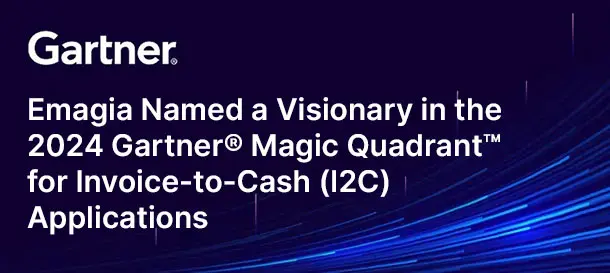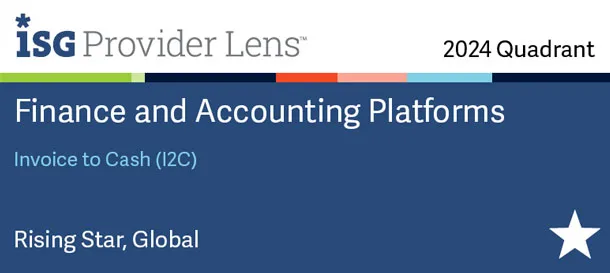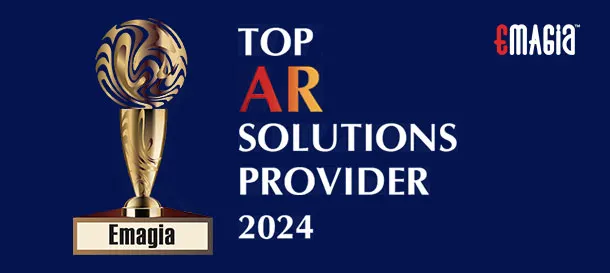The terms autonomous and automated or automation increasingly have been used in the landscape of financial management – oftentimes interchangeably. But these terms are not synonymous and should not be looked at as such by modern CFOs and other financial leaders.
While automation streamlines repetitive tasks within predetermined parameters, autonomous systems leverage data-driven insights to adapt dynamically, enabling informed decision-making surpassing human capabilities. The distinctions between the two are important as more modern CFOs prioritize technological adoption to enhance efficiency and elevate customer experiences, aligning with growth visions.
More than 80% of new finance roles by 2025 will extend beyond traditional accounting underscores the transformative trajectory, according to research by Gartner. It also noted that 64% of CFOs surveyed want their respective finance departments to be fully automated or autonomous in the next few years, which includes not only automating accounting and financial processes but also automating analytics as well as real-time and predictive insights. Meanwhile, McKinsey predicts almost half (45%) of business activities tasks could be automated… with the right technologies.
Complex and time-intensive functions often spearhead automation initiatives in finance. Automated finance addresses specific tasks, while autonomous finance transcends by proactively executing actions and decisions without human intervention. Employing advanced technologies such as artificial intelligence (AI), machine learning (ML), and robotic process automation (RPA), autonomous finance aligns with financial management principles to streamline processes and promote maximum efficiency.
The objectives of autonomous finance extend beyond error reduction and process acceleration. This paradigm aims to enhance customer experiences, mitigate payment risk, foresee behavior, and fortify fraud prevention. Autonomous finance elevates the role of finance in ensuring overall business health. Simply put: autonomous finance goes well beyond the level of what automation brings in.
Key Gains of Autonomous Finance
Enhanced Productivity and Efficiency: Automating tasks in accounts receivable (AR), accounts payable (AP), and reconciliation processes reduces, if not eliminates, errors that are commonplace where manual processes still dominate a businesses’ finance functions. Autonomous finance handles these tasks with minimal human intervention, accelerating processes and aligning with the vision of fully automated finance departments.
Customer and Vendor Experience: AR workflows, such as customized dunning and invoice matching, are optimized based on customer behavior. Similarly, autonomous AP processes expedite invoicing and dispute resolution, positively impacting vendor relationships within the broader context of automated processes.
Competitive Advantage: Businesses embracing technology gain visibility, allowing accurate forecasts of customer and vendor payments. The integrated nature of autonomous finance provides superior insights into overall financial data, offering a competitive edge.
Transforming Finance into a Profit Center: By reducing expenses, improving AR collection, and enhancing overall profitability, autonomous finance positions finance teams strategically. The 360-degree view facilitates accurate growth predictions, allowing finance to contribute strategically to the company’s outlook.
Timing for Implementation: As companies scale, managing finances becomes increasingly complex. Autonomous finance becomes imperative, especially when traditional methods, such as spreadsheet-based activities, become impractical. Embracing autonomous finance ensures efficient management of financial activities, including A/R collections and matching.
The Future of Autonomous Finance: The evolution from automated to autonomous finance marks a paradigm shift for CFOs… and it’s already here. Deciding whether to pursue automation or autonomy requires strategic planning.Emagia’s autonomous Enterprise autonomous Enterprise A/R Management platform exemplifies this shift, leveraging Automation, Analytics, and AI to optimize the Order-to-Cash process. This platform not only streamlines workflows but also provides performance metrics and precise payment forecasting, mitigating bad debt risks and reducing administrative costs.





